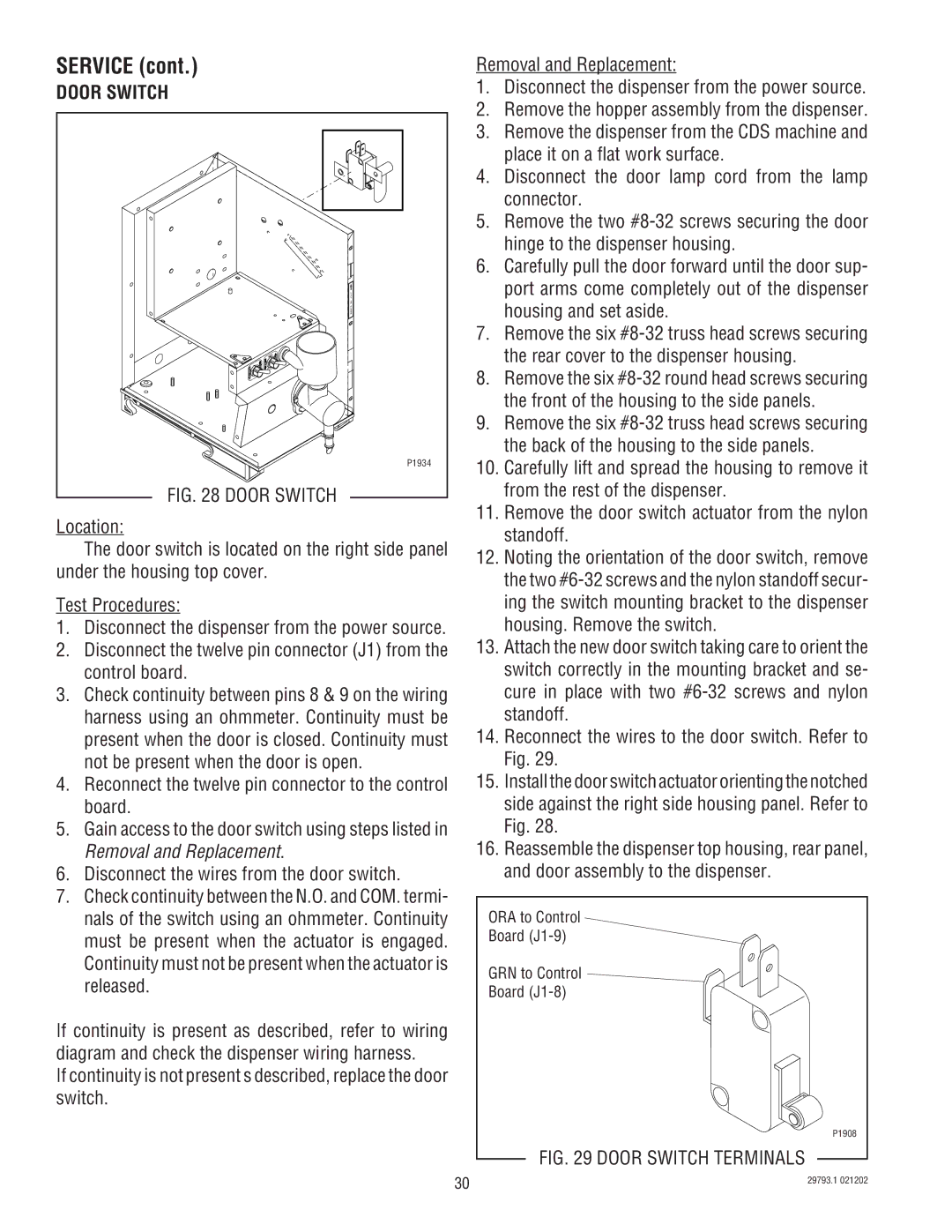dispenser specifications
The Bunn dispenser is a highly regarded name in the beverage service industry, known for its reliable coffee brewers, steeping equipment, and beverage dispensing solutions. These dispensers are designed with efficiency and quality in mind, making them a favorite in restaurants, cafes, and other foodservice establishments.One of the main features of the Bunn dispenser is its rapid brewing capability. Utilizing a unique brewing system, Bunn dispensers can quickly brew large quantities of coffee, which is essential for high-demand environments. The machines are equipped with advanced heating technology that ensures water is brewed at the optimal temperature for extracting the best flavors from coffee grounds. This feature not only enhances the quality of the beverage but also significantly reduces waiting times for customers.
Another key characteristic of Bunn dispensers is their durability. Built with high-quality materials, these machines are designed to withstand the rigors of a busy kitchen environment. The robust construction ensures a long lifespan, minimizing the need for frequent repairs or replacements. Additionally, many models feature stainless steel components that are resistant to corrosion and easy to clean, maintaining hygiene standards while also looking professional.
Bunn dispensers are also known for their versatility. With a range of models available, including single and multi-hopper options, they can dispense various beverages, including coffee, tea, and iced drinks. This flexibility allows businesses to cater to different customer preferences without requiring multiple machines. Moreover, Bunn dispensers often come with programmable features, enabling users to customize brew strengths and volumes for optimal beverage consistency.
In terms of technology, Bunn has incorporated advanced digital controls and user interfaces in many of its models. These digital displays simplify operation, allowing staff to monitor brewing processes and receive alerts for maintenance requirements efficiently. Such technological integration enhances user experience and operational efficiency.
Energy efficiency is another consideration in the design of Bunn dispensers. Many models are equipped with energy-saving features, which help reduce power consumption during both operation and standby modes. This focus on sustainability not only lowers utility costs for businesses but also aligns with the growing consumer demand for environmentally responsible practices.
In conclusion, Bunn dispensers combine speed, durability, versatility, advanced technology, and energy efficiency, making them an excellent choice for any foodservice operation. Their ability to deliver high-quality beverages quickly and consistently makes them a pivotal asset for businesses aiming to provide an exceptional customer experience.

